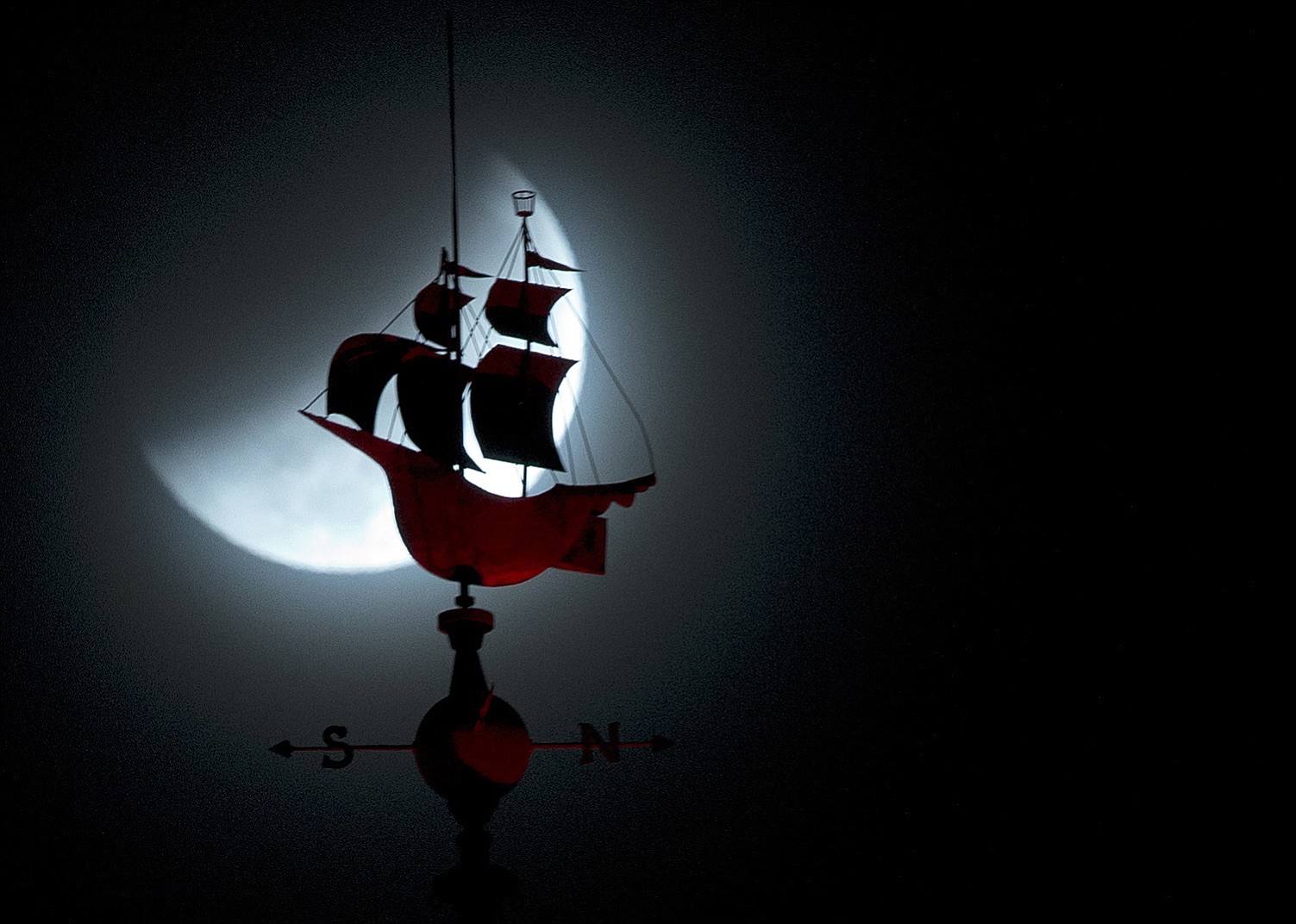TOKYO — Evening viewers in much of Asia and early risers in parts of the Americas were treated to a stunning lunar eclipse on Wednesday, though clouds obscured it for some.
Lucky ones saw the moon turn orange or red in what is known as a “blood moon.” The hue results from sunlight scattering off Earth’s atmosphere.
Whoops of joy erupted at the Sydney Observatory in Australia as the moon made a brief appearance.
“Very spectacular,” observatory astronomer Geoff Wyatt said. “The cloud certainly got in the way, but we’ve seen it during totality and of course that’s always the highlight — to see that lovely, reddish-brown color.”
In Australia’s capital, Canberra, Rachel Buckley watched from her driveway.
“It looked small, but very, very clear and really orange, I thought — blood orange,” she said. “It was quite exciting, pretty amazing to see . because it’s not very often you get to see that.”
In Japan, clear skies turned partly cloudy as the eclipse progressed, but some people who gathered on the rooftops of skyscrapers in Tokyo saw the moon turn a rusty brown when the clouds cleared.
“When the sun, moon and earth align, I get the feeling that we are also a part of the solar system,” Yoshiko Yoneyama, a 66-year-old homemaker, said. “It’s that kind of feeling.”




